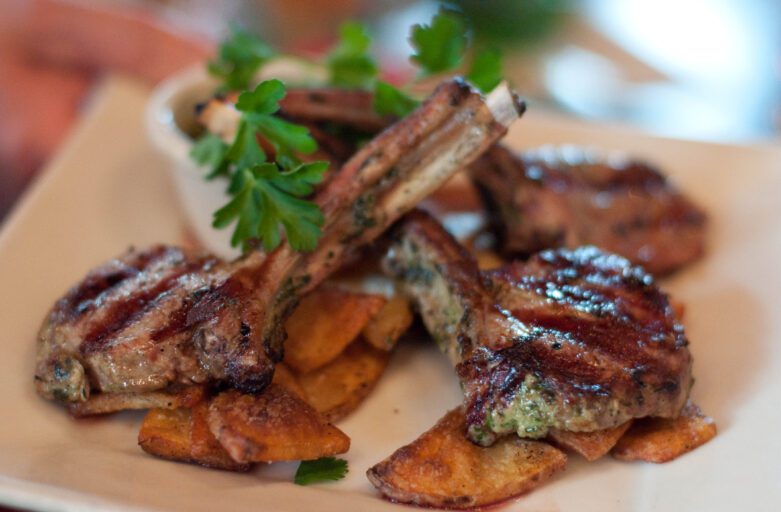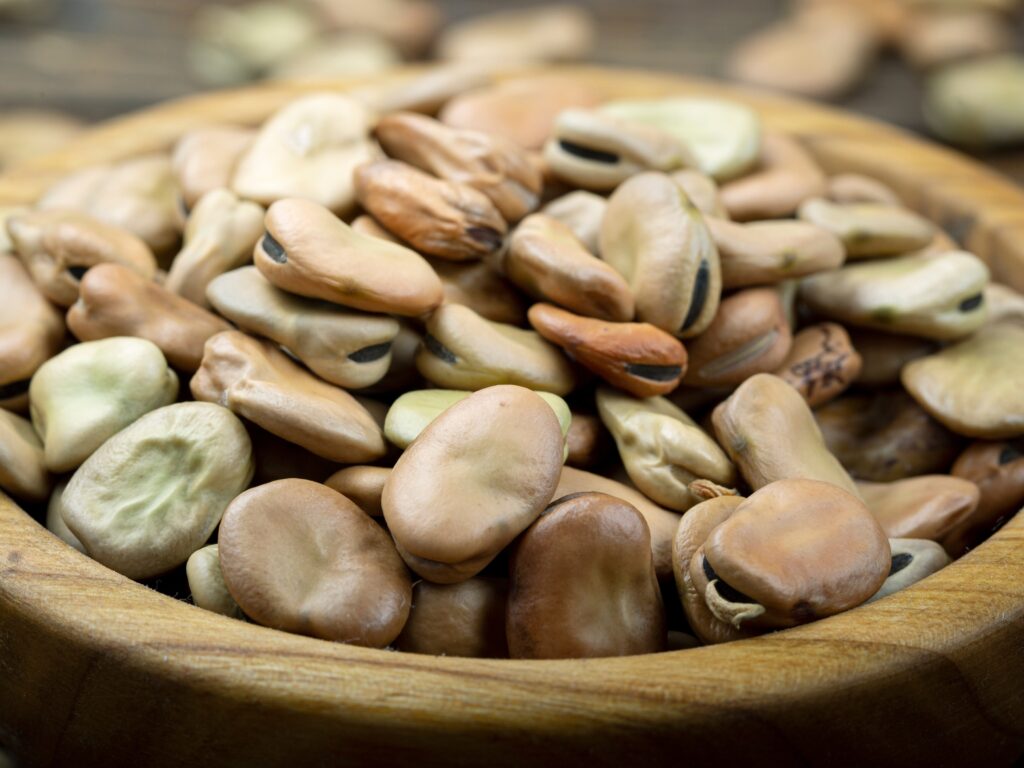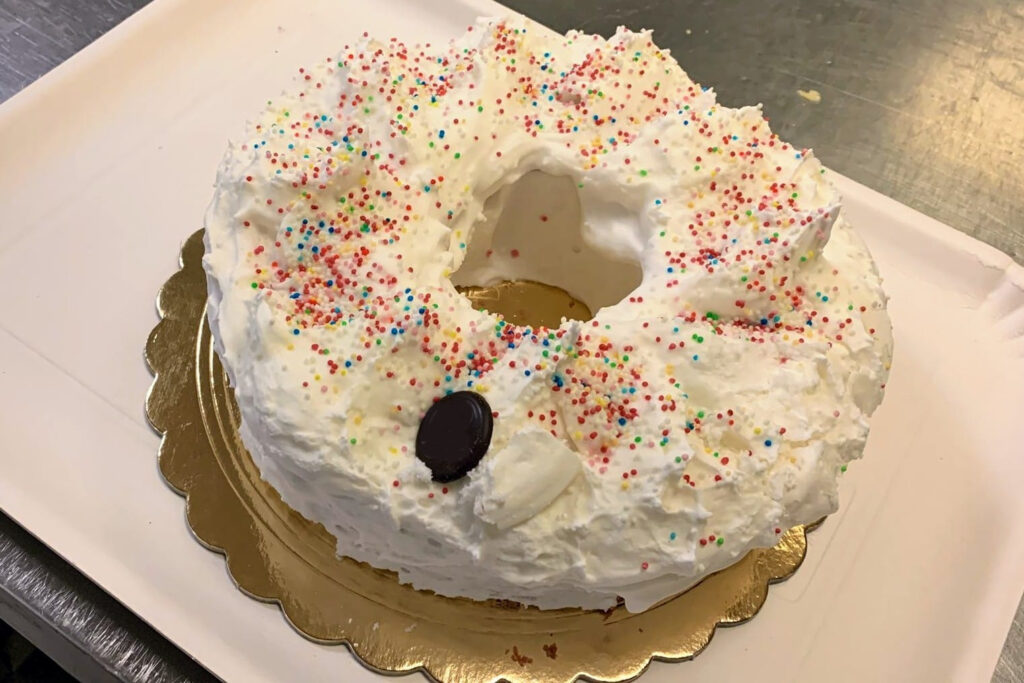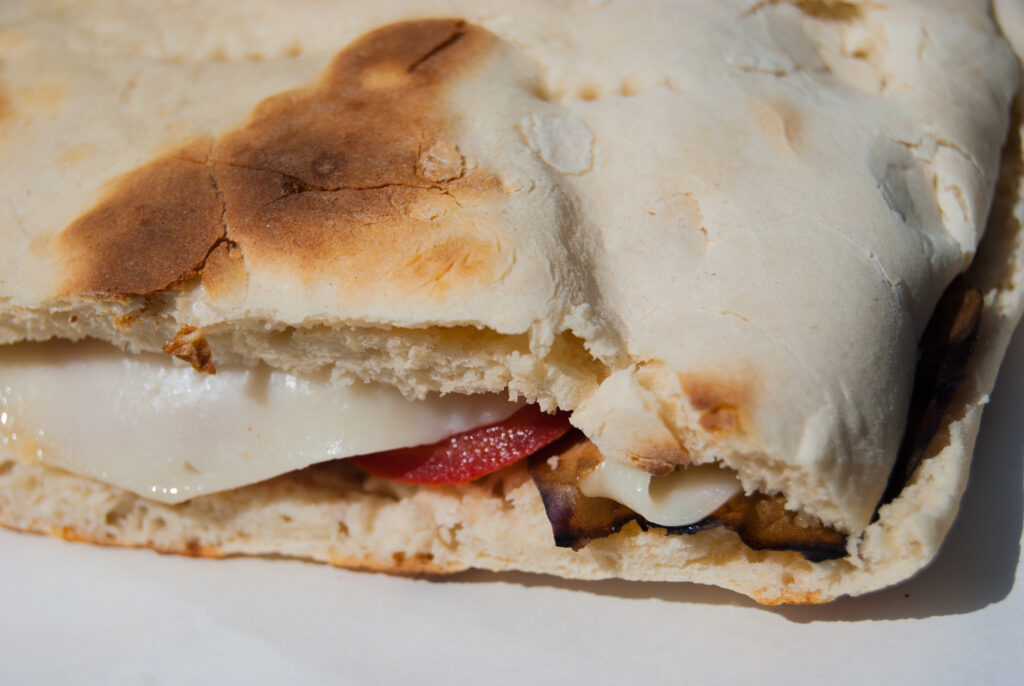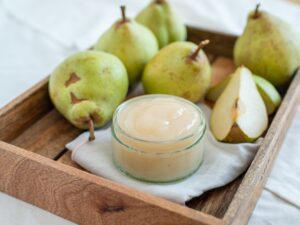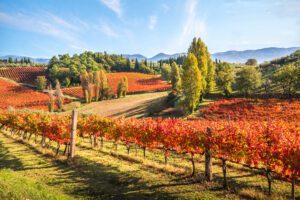Lamb rasing is an ancient shepherding tradition dating back to the Roman Empire. Today it is still one of the main activities characterising the Central Italian territory, including Umbria, and its product has been declared as an IGP (PGI - Protected Geographical Indication) product.
Central Italy protagonist in sheep breeding
There are various lamb breeds that still today have the name of some areas, for example, the Appenninica owes its name to the mountain range of the Apennines. This shows a connection with the geographical area where sheep are raised: in fact, thanks to the features of the territory and its weather conditions, some breeds adapted to the Central Italian area, establishing a link with the territory over the centuries.
The production area in Central Italy includes Abruzzo, Lazio, Marche, Tuscany and Umbria, but also the main provinces of Emilia Romagna, including Bologna, Rimini, Ravenna, Modena and Parma. Among the finest breeds raised in this area, besides the Appeninica, there are also the Bergamasca, Biellese and Fabrianese breeds.
The lamb diet includes only the mother’s milk until the weaning phase, after which fodder, such as grasses and leguminous plants, is introduced. The butchery takes place within 12 months. According to the weight, is it possible to distinguish three typologies: light lamb (between 8 and 13 kg), heavy lamb (between 13 and 20 kg) and castrated lamb (over 20 kg).
The meat of Central Italian lamb has a light pink colour and a high nutritional value. It is rich in proteins with high biological value, for example, it has a higher concentration of B vitamins and mineral salts than other meats.
Lamb and the Umbrian cuisine
In Umbrian cuisine, one of the typical dishes based on this meat is the lamb scottadito, which can also be found in the area of Rome. It is lamb chops marinated in salt, oil, pepper and rosemary cooked on the grill. It takes the name scottadito because farmers while eating chops with their hands, risked burning their fingers (in fact, in Italian scottadito means “burn finger”). Another famous dish is coratella, lamb offal seasoned with tomato sauce and various spices, a dish with a strong taste. Accompanied by a piece of torta al testo (a type of flatbread of the Umbria region cooked on a tile), coratella is a typical dish for Umbrian Easter lunches.
Vivi l’Umbria insieme ai suoi protagonisti
Percorsi ed esperienze da scoprire per un’immersione nella cultura, nella natura e nei sapori umbri
